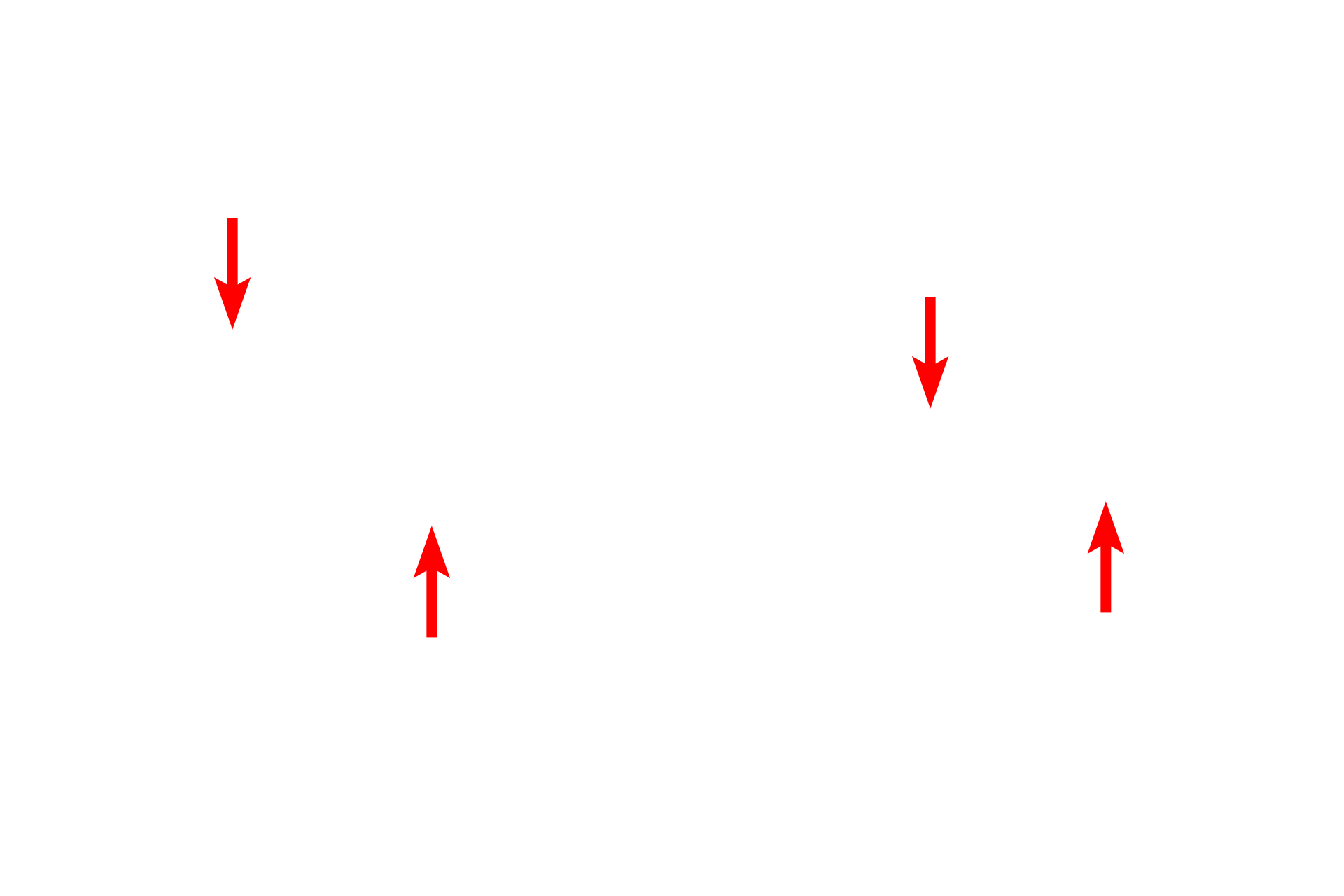
Telophase
These images of the lining of the esophagus show two cells with clear evidence of cytokinesis underway. For the most part, the chromosomes, which have fully migrated into the two eventual daughter cells, are still highly condensed; however, the cell in the right panel shows initial stages of nuclear envelope reformation. Esophageal epithelium 1000x

Chromosomes
These images of the lining of the esophagus show two cells with clear evidence of cytokinesis underway. For the most part, the chromosomes, which have fully migrated into the two eventual daughter cells, are still highly condensed; however, the cell in the right panel shows initial stages of nuclear envelope reformation. Esophageal epithelium 1000x

Nuclear envelope
These images of the lining of the esophagus show two cells with clear evidence of cytokinesis underway. For the most part, the chromosomes, which have fully migrated into the two eventual daughter cells, are still highly condensed; however, the cell in the right panel shows initial stages of nuclear envelope reformation. Esophageal epithelium 1000x

Cleavage furrow >
The cleavage furrow, marking the eventual separation site of the daughter cells, is formed by a contractile ring composed of actin and myosin filaments. Interaction between the filaments tightens the ring and eventually pinches the cell into two daughter cells.

Daughter cells
The cleavage furrow, marking the eventual separation site of the daughter cells, is formed by a contractile ring composed of actin and myosin filaments. Interaction between the filaments tightens the ring and eventually pinches the cell into two daughter cells.